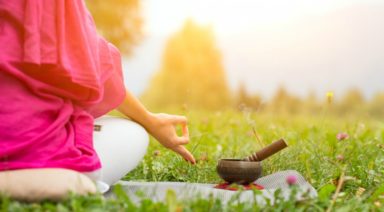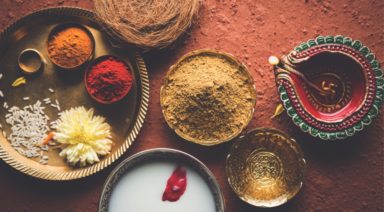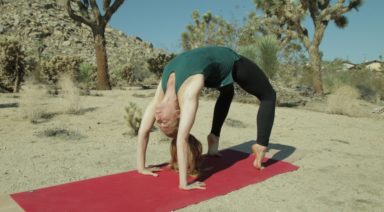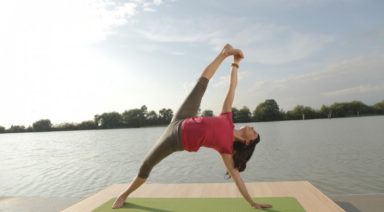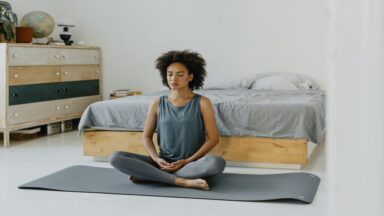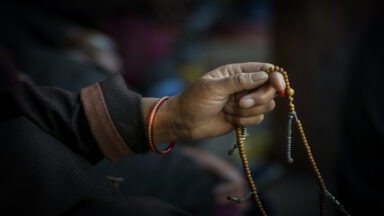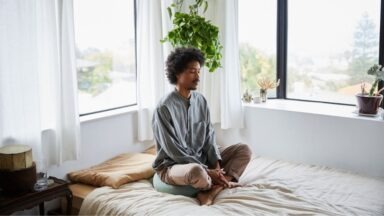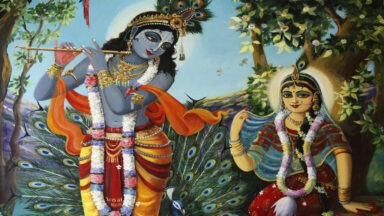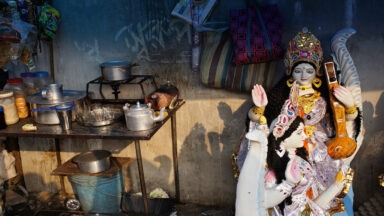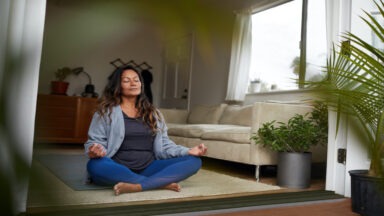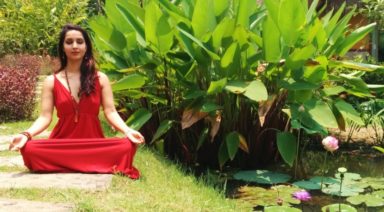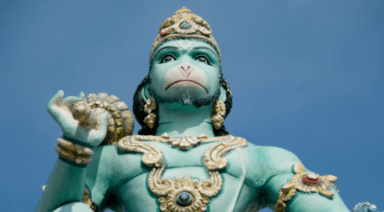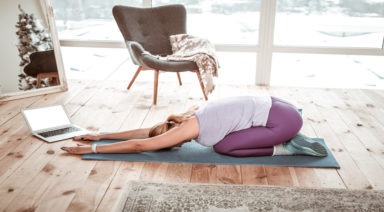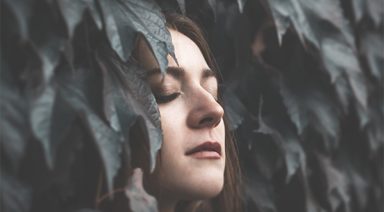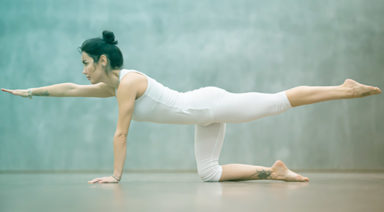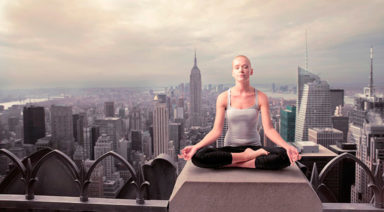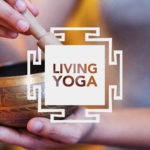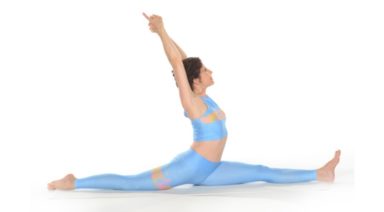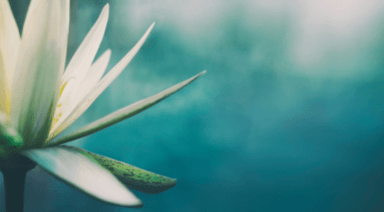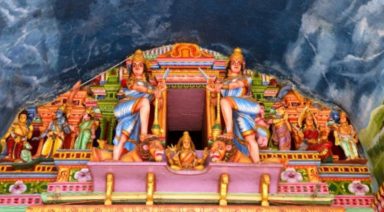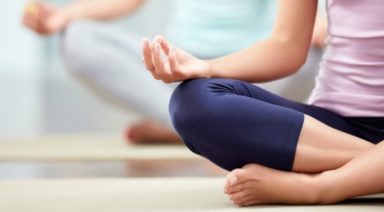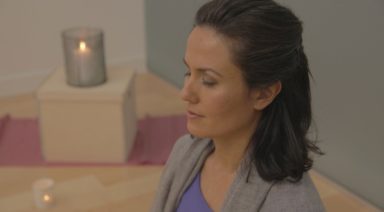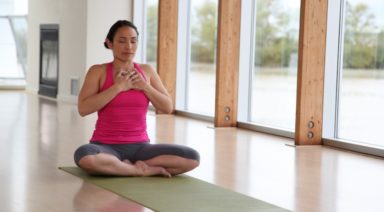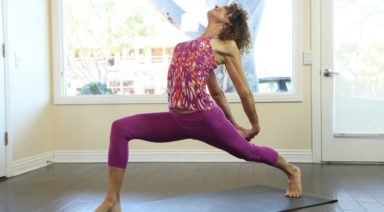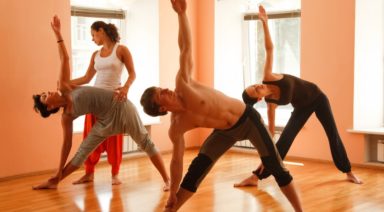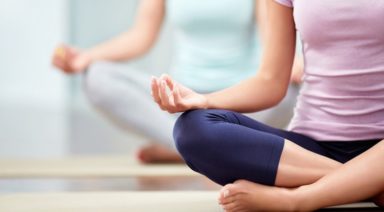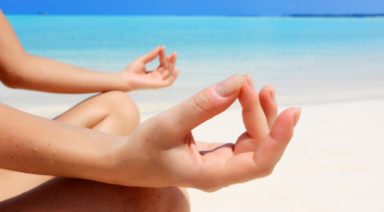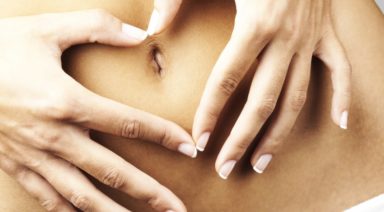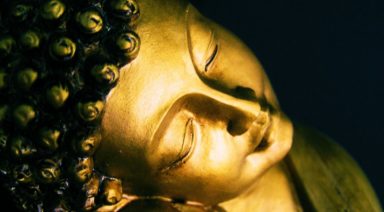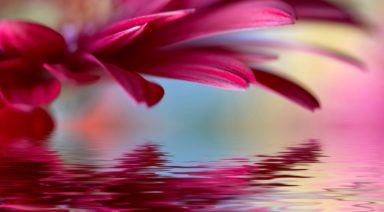Alternative Medicine Part 2: Ayurvedic Medicine
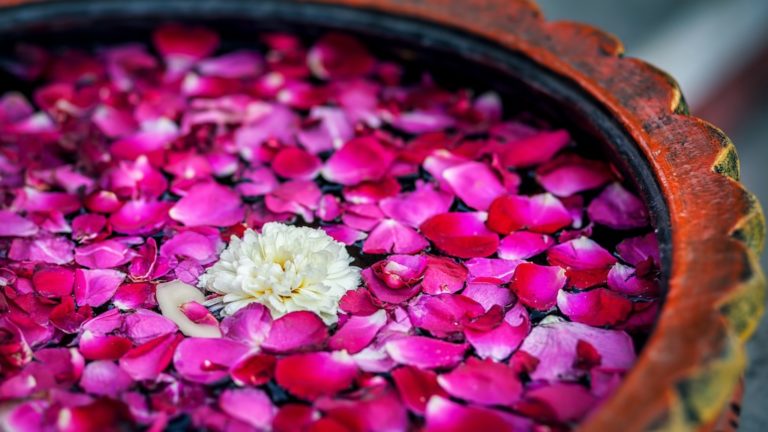
Twenty — even 10 years ago, if a patient wanted to explore unconventional treatment options, they were on their own. Traditional health professionals generally didn’t encourage alternative medicine or treatments, discouraging departures from allopathic treatment models such as drugs and surgery. But as the efficacy of non-traditional treatment models, such as traditional Chinese medicine (TCM) mentioned here in part one, ayurvedic medicine, massage and chiropractic adjustment, naturopathy, diet and natural supplementation — even homeopathy and sound therapy, is being validated by research, new branches of medicine are emerging.
Integrative, Functional, Complementary, and Alternative Medicine
The “integrative” medical model developed during the early 1990s, but was formalized when the National Institute of Health (NIH) created the National Center for Complementary and Integrative Health (NCCIH). This classification covered non-conventional treatment and research, and was the beginning of a slow recognition of alternative systems. Integrative models include consideration of a patient’s lifestyle, body, and mind, and how to promote well-being for the whole person rather than just diseases and their symptoms.
“Functional” medicine refers to holistic and alternative medical practices intended to improve overall functions of the body’s systems, and explores individual biochemistry, genetics, and environment to determine underlying causes of disease.
According to the NIH, “complementary” medicine combines non-mainstream practices with conventional treatment in a coordinated way. This has helped drive acceptance of alternative therapies such as TCM, diet, and nutraceuticals, or supplements.
Alternative medicine is any practice that falls outside conventional systems, and is not combined with traditional treatments. For example, if a patient chooses ayurvedic medicine, dietary changes, and supplementation to treat their cancer, and excludes conventional therapies, they have entered the realm of alternative medicine.
Exploring Alternative Medicine Models
In recent decades, relatively obscure healing modalities have emerged as treatment options. Some are ancient, such as TCM, Ayurveda, herbalism, and shamanic energy medicine. Others, such as osteopathy, homeopathy, naturopathy, and chiropractic, arrived in the 19th and 20th centuries. Most recently, biofeedback, structural integration, aromatherapy, energy medicine practices such as reiki and sound wave therapy, music therapies such as singing bowls, and mindfulness based stress reduction (MBSR) have found enthusiastic patient support.
Ayurveda, or Vedic Medicine
In Sanskrit, “Ayurveda” translates to “life” (ayur) “science” (veda). According to the NCCIH, ayurveda, sometimes called “vedic” medicine, is one of the world’s oldest medical systems, originating on the Indian subcontinent over 3,000 years ago. While at present the NCCIH recognizes the Vedic system, Western clinical researchers have not effectively studied ayurveda practices and treatments to prove or disprove efficacy.
Vedic medicine’s core principles include the premise that food and lifestyle are the most important medicines, and that there is no routine, diet, or lifestyle that works for everyone — each individual is unique.
Elements and Doshas
Like the Chinese, the Vedics have an element-based system, but with important differences. Vedic elements are earth, water, fire, air, and space, or ether. As with all element-based systems, the Vedics believe everything in existence is comprised of these elements in infinite combinations. Humans are no exception — everyone has a distinct elemental makeup, but Ayurveda defines three broad categories, called doshas, for the purpose of treatment and diagnosis: Vata, Pitta, and Kapha. Vedic treatments are dedicated to achieving the perfect balance of the doshas. While there are classic dosha temperaments and constitutions, Ayurveda recognizes each individual is some combination of the three doshas.
Vata Dosha: Space and Air
In Sanskrit, “Vata” translates to “blow or move like the wind.” A combination of space and air, Vata rules movement in the mind and body, including movement within the body. Because all movement — physical, mental, and energetic — depends on the Vata principal, Vedics designate vata as the leading dosha. Vata also governs thinking, reasoning, and creativity as well as blood flow, heart rhythm, and sexual and elimination functions.
Ayurveda describes Vata qualities as; dry, cool, mobile, rough, and subtle. Indications of Vata imbalances are: dry, rough, or thin skin; worry and racing thoughts; fear or anxiety; restlessness and insomnia; constipation, joint pain, and fatigue. The Vata-dominated person learns easily and quickly, but may not retain information — easy come, easy go. In physical terms, the Vata type is tall, thin, and fast-moving — think Uma Thurman, Katherine Hepburn, and Gwyneth Paltrow. They have brief bursts of high energy, like gusts of wind. Balanced Vata manifests as creativity and vitality — Vata imbalances manifest as fear and anxiety.
Vedics believe Vata-dominant individuals will ideally avoid becoming too cold or chilled, and will consume ginger tea for warmth, wear grounding earth tones, minimize sweeteners, and avoid beans. Over-active Vata may be pacified with dairy products such as hot milk with added spices such as cardamom, cloves, cinnamon, or pepper.
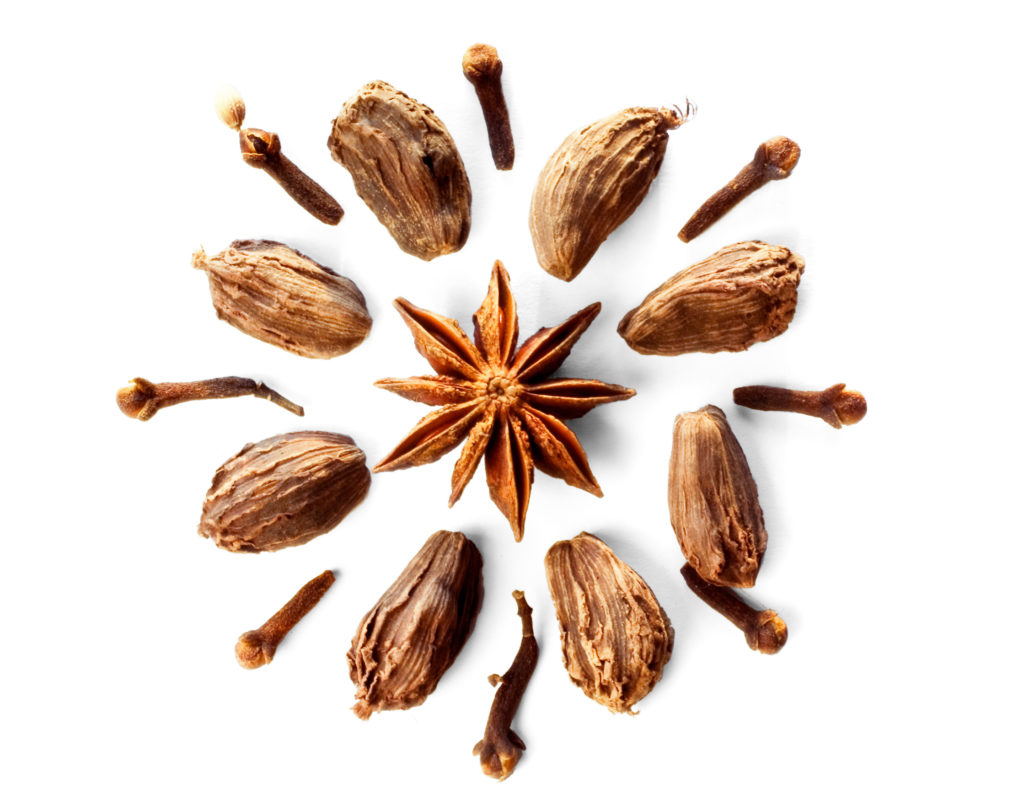
Pitta Dosha: Fire and Water
General Pitta qualities are; hot, sharp and penetrating, light, liquid, and dynamic (moving). This dosha is responsible for metabolism, digestion, and energy production; all aspects of agni, or fire. While Vata rules motion and movement, pitta rules transformation — imagine wood transforming to ash when fire is applied. According to chopra.com, “Those with a predominance of the pitta principle have a fiery nature that manifests in both body and mind.”
Vedics describes a Pitta-dominant person as being of medium size/weight. They have a cast-iron gut, can eat whatever they like, and have strong appetites for food, sex, and experience. They don’t like missing meals. Examples of classic Pitta types are Jennifer Lawrence, Madonna, and Lindsay Lohan.
A Pitta is generally focused with a sharp mind, is competitive, and wants to be in charge. Pitta unbalanced moves toward authoritarianism, pushiness, sarcasm, harsh speech, tantrums, and impatience, but their capacities for precision, order, and clarity make them good decision makers, persuasive orators, and strong leaders.
Imbalanced Pitta manifests as inflammation, fever, ulcers, rashes, heartburn, and indigestion. Ayurveda recommends strong Pitta types balance rest and activity and avoid skipping meals. Pitta should avoid overheating and too much direct sun, but spend time in nature when stressed — ideally, shaded, cool forests or under moonlight.
An ideal Pitta diet includes dairy in the form of milk, butter, and ghee to cool Pitta fire, but sour dairy, such as fermented yogurt and cheese, will aggravate Pitta. According to Vedic doctrine, Pitta benefits from sweetness in moderation, but should avoid molasses and honey.
Kapha: Water and Earth
While Vata is motion and Pitta is transformation, Kapha is protection, preservation, and stability. Kapha-dominant people are physically strong and are considered to have the most stable constitution of the three types. Vedics identify Kapha by their large, luminous eyes, soft skin, and abundant hair. The women tend toward curvy sensuality — think Elizabeth Taylor, Kate Winslet, or Christina Hendricks, who played the role of the traffic-stopping Joan Holloway in Mad Men.
Kapha is most prone to weight gain — while they have, at their core, great strength and endurance, they generally have the slowest metabolism of all the types. Kapha often plays the role of “the rock” in interpersonal dynamics as they are patient and peace-loving. Kapha may be slightly slower in acquiring new learning, but once acquired, a Kapha will never forget. These people may be depression-prone, and can have a tendency for colds, congestion, sinus infections, allergies, and respiratory issues such as asthma.
Notably, Kapha is the one type with an absence of fire — so cultivating internal heat helps keep these people healthy. Spicy foods, exposure to warm sunlight, warming baths, and vigorous exercise all help warm up the Kapha and keep the metabolism humming.
The Vedics recommend Kapha avoid oily, heavy foods, and creamy sauces and dressings. Aside from honey or pure maple syrup, sweets are best avoided.
Ayurvedic Diagnosis and Treatment Methods
An Ayurvedic practitioner uses three diagnostic methods when evaluating a new patient; observation, touch, and questions. Observation includes noting details of body contours, skin, eyes, etc. Touch includes checking pulses, as in Chinese medicine, and palpitation. The practitioner will also ask extensive questions about health concerns, diet, lifestyle, stress, etc.
Treatment methods include herbs, but this is considered a very precise science that should only be used by qualified practitioners. Practitioners often prescribe a panchakarma, a detox boot-camp regimen designed to remove ama, or poisons. Steam treatments, massage, a dietary regimen, prescribed herbs, and possibly yoga are all part of the detox. Vedic practitioners are adamant the panchakarma be done only under the supervision of a specialist. Many opt for a panchakarma retreat.
Diet plays a large role in ayurvedic treatment — a practitioner identifies foods to be avoided, foods to emphasize, and an individualized dietary regimen to bring the body and mind into balance. Specialized massage is also prescribed, and Vedic massage therapists use specific oils prescribed by the practitioner.
Unique to Ayurveda is the practice of shirodhara — a technique of dripping medicated oil on the forehead, specifically in the third-eye area. The Vedics believe shirodhara has a calming effect on the nervous system. It is reported to be effective for treating insomnia, stress disorders, and hypertension, but is not suitable for pregnant women, those with recent neck injuries, or anyone diagnosed with a brain tumor.
What Your Dosha Type Means for Your Diet
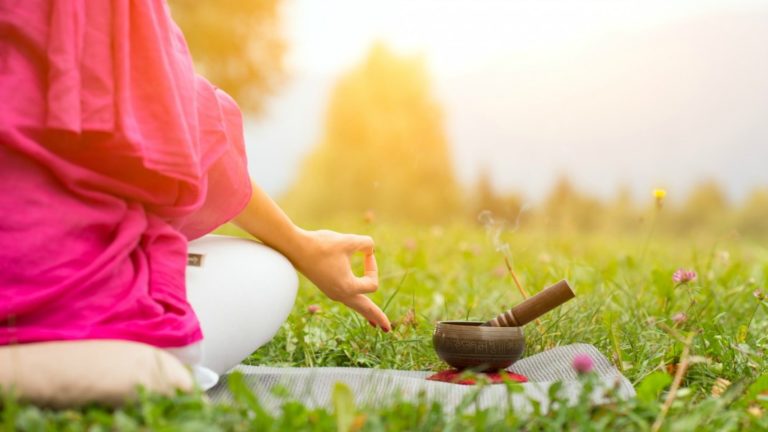
Ayurveda is Sanskrit for “the wisdom of life.” Ayurveda originated in India and pre-dates modern medicine by thousands of years.
Ayurveda healing differs from modern medicine in the following ways:
- Focuses on preventative techniques, instead of merely reacting to illness as it arises
- Diet and habits are more strongly considered when diagnosing and treating
- Emphasizes on the uniqueness of the individual and finding what works for you personally
Three Types of Ayurveda Doshas
There are three types of Ayurveda Doshas – kapha, pitta, and vata. Doshas are more commonly known as mind-body types and are derived from the five elements.
While we all have aspects of each of the three doshas, for most of us, there is one dosha that dominates. You can also be a combination of two doshas, but that is less frequent. Before you learn about the characteristics of each type of dosha, determine which one(s) are most pertinent to you by taking this quick quiz.
I took this quiz with a little bit of healthy skepticism, not expecting anyone dosha to be that much stronger than the others, but for me, the traits corresponding to vata dosha are twice as strong. There are several dosha quizzes online, all of which gave me similar results.
Once you determine which dosha pertains to you, read about the strengths and weaknesses of that dosha and what dietary changes you can make to keep yourself in better alignment. While this article focuses on dietary modifications, there are all sorts of supplements, lifestyle and yoga practices that are also beneficial.



